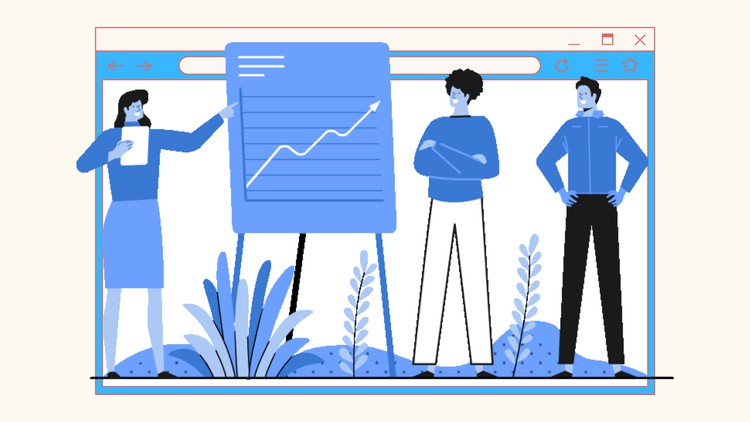
Learn to love your next presentation
What you will learn
Organize your thoughts and shed the superfluous – what NOT to say
Build visuals that support and don’t distract
Speak with “vocal formatting” to make your discourse easy to follow
Interact and engage with your audience
Have fun giving presentations
Master the art of the Q&A
Description
Giving presentations is difficult for two main reasons:
- our own nervousness, and
- lack of speaking skills.
And yet, giving presentations is incredibly beneficial. It not only gives us new business opportunities, but it also trains us to be better teachers, increases confidence, and develops leadership skills. Public speaking is an all-around life-changer.
What we forget is that these events are always and only about the audience: what they hear, and what they are inspired to do with the information. With this class you will learn a model that you can apply to any content and any situation to give presentations that spur action.
The first few times I gave a presentation, I didn’t remember a thing I had said: I was so nervous that the whole thing became a blur. Once I realized speaking was a necessity for me, I set out to change that. If I had to do it, I was going to have fun doing it.
With this course I will share a step by step process for picking the best content, overcoming fear (the transparency illusion), building a compelling narrative, interacting with your audience, and learning to love public speaking.
Speaking can be great for everyone involved: you as speaker and the audience when they get something practical.
Content
Introduction
Pre-Game
Build your content
Create an outline
Create your visuals
Giving your presentation
Practicing your presentation
Final Project
Conclusion
Know your audience